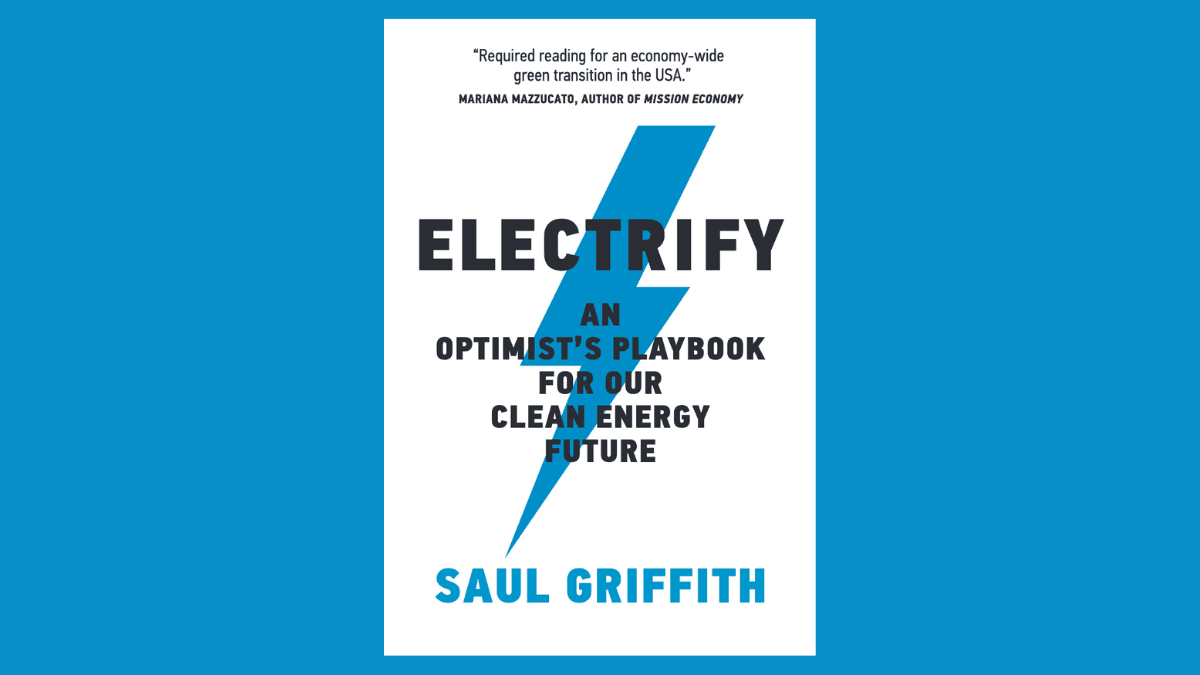Debunking myths so New Yorkers have the facts about electrification
The benefits of electrifying New York State can’t be overstated. All-electric buildings are healthier, more energy-efficient, and more affordable for families and households. All-electric buildings are also crucial for cutting carbon pollution. To meet the state’s 2030 and 2050 emission reduction mandates, most buildings must use electric heat pumps for heating and cooling, and for hot water. Passing the All-Electric Buildings Act is the easiest, most doable first step toward decarbonization.
But the gas industry has a vested interest in making electrification seem as impractical and unnecessary as possible, in New York and across the country. They’re working overtime to circulate myths and misinformation about electrification.
Rewiring America has created a memo debunking 10 common myths about the All-Electric Buildings Act and electrification more generally. The memo underscores the countless benefits electrification will bring the state from slashing emissions and generating thousands of jobs to improving air quality and lowering energy bills for New Yorkers across the state. The memo also disproves the gas industry’s most notorious myths regarding the electric grid's capacity and the reliability of electric appliances.



